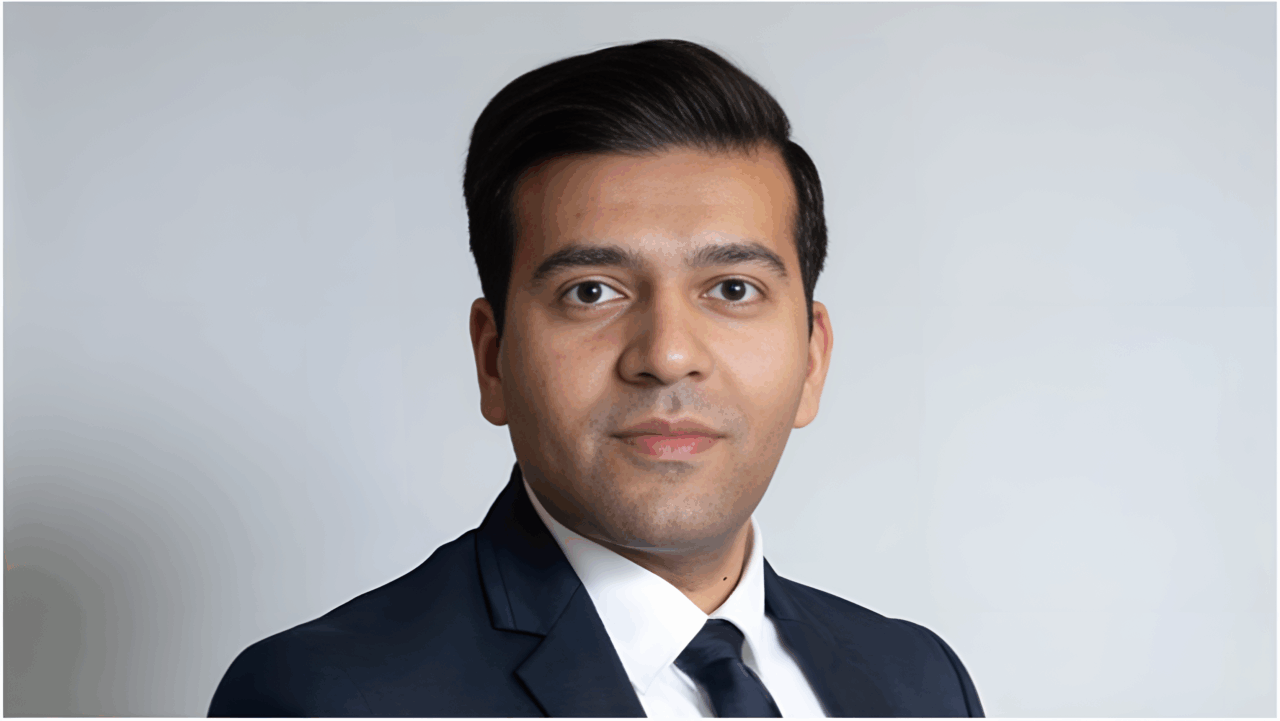
Darshan Doshi on Results of iMODERN and ILIAS ANOCA Studies Presented at TCT 2025
Darshan Doshi, Chief Medical Officer for Image-Guided Therapy Devices at Philips, shared on LinkedIn:
”Proud to share that today at TCT 2025, Philips has announced the 3-year results from the iMODERN trial, the largest global study to date using Class IA-recommended iFR in heart attack patients with multi-vessel disease.
This late-breaking data confirms that treating additional blocked arteries during the initial procedure is just as safe as waiting for a follow-up, giving clinicians more flexibility to personalize care and potentially reduce additional hospital visits.
These results directly address a longstanding question in interventional cardiology and reinforce the evidence base for physiology-guided treatment strategies.
In addition, new results from the ILIAS ANOCA study, also presented at TCT, highlight the sustained benefits of physiology-guided assessment and tailored medical therapy for patients with angina but no obstructive coronary arteries.
Together, these studies underscore the value of integrating advanced physiology solutions in decision-making across the spectrum of cardiovascular care.
Congratulations to the iMODERN and ILIAS ANOCA teams, and sincere thanks to the investigators and patients who made this research possible.
Read more in the press release.”

Stay updated with Hemostasis Today.
-
Dec 19, 2025, 13:30PPTA Europe’s Holiday Message: Wishing Health, Rest, and Renewal for 2026
-
Dec 19, 2025, 13:22If You Were Reading a “Bible for Blood Donation Volunteers,” What’s the ONE Thing That Must Be in It?
-
Dec 19, 2025, 12:52Julia Owens: Stroke Remains One of the World’s Leading Causes of Death and Disability
-
Dec 19, 2025, 12:03Pradeep Natarajan: Our New Genetic Study of Aortic Stenosis in ~3M
-
Dec 19, 2025, 11:47ESO Blog: Anna Gardin on Stroke Risk in the Era of Climate Extremes
-
Dec 19, 2025, 10:51Sarah Elkourashy Presents Insights on Caplacizumab for TTP at ASH25
-
Dec 19, 2025, 10:08Camilla Lombardi Shares an EHC Nutrition Guide for People with Bleeding Disorders
-
Dec 19, 2025, 09:56Danny Hsu Shares The ”I-WISh” Study by Nichola Cooper on ITP
-
Dec 19, 2025, 09:39Paul Bolaji: A Landmark Achievement -The Historic 1st Nigerian Stroke Leaders’ Summit 2025
